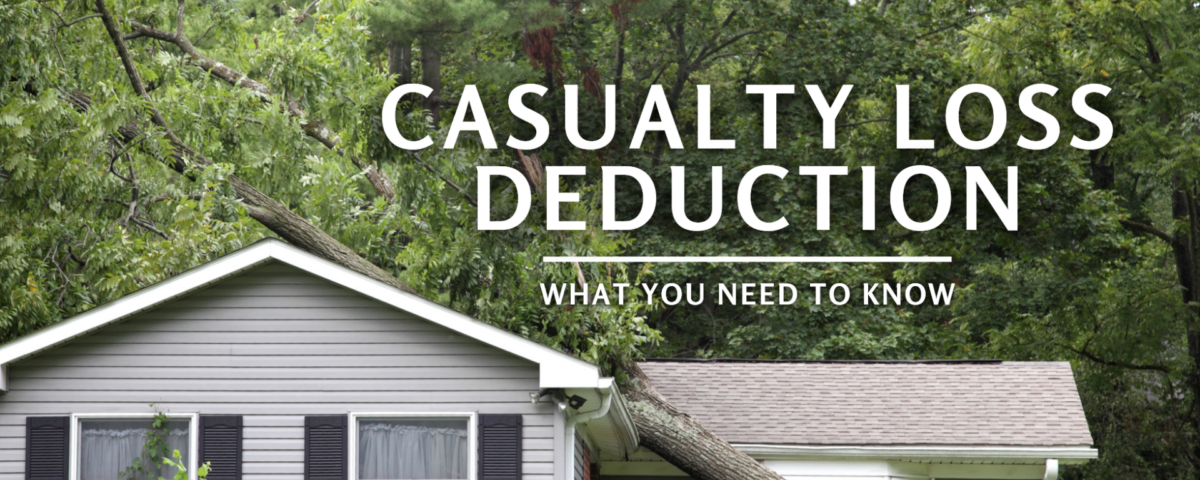
Financial Recovery After Hurricane Helene
October 13, 2024
Annual Inflation Adjustments for 2024
December 10, 2024If you’ve been affected by recent federally declared disasters, you may be eligible to claim a casualty loss deduction as an itemized deduction. Below, we outline what this means and provide important guidelines for claiming these losses.
What is a Casualty Loss Deduction?
A casualty loss deduction can help you recover some of your financial loss from damages due to a disaster. For tax purposes, your deductible casualty loss is calculated as the lesser of:
- The basis of the property (generally what you paid for it or what you paid in repairs), or
- The drop in the property’s fair market value (FMV) due to the damages.
In most cases, clients will use the repair costs as the basis of the loss. However, some may opt for the fair market value method, which raises an important question:
Do I Need a Property Appraisal?
Not necessarily. According to IRS Rev. Proc. 2018-08, there are safe harbor methods you can use to determine fair market value without a formal appraisal. These methods can simplify your tax process and give you peace of mind in an audit. Below, we outline these five options for personal property losses:
- Estimated Repair Cost Method
For damages up to $20,000, you can obtain two itemized estimates from separate licensed contractors. Use the lesser of the two estimates as your FMV loss. - De Minimis Method
For losses up to $5,000, you may provide a good-faith estimate of repair costs (methodology must be documented), which will serve as the FMV loss. - Insurance Method
If you’ve received an estimated loss from your homeowners or flood insurance, you can use this amount as your FMV loss. There’s no limit to the loss amount under this method. - Contractor Method
You may use the repair cost in a signed, itemized contract from an independent, licensed contractor as your FMV loss. This method also has no loss limit. - Disaster Loan Appraisal Method
If you’ve received federal disaster relief funds based on an appraisal, you may use that appraisal amount to support your casualty loss deduction.
Documenting Your Losses
To maximize your deduction, keep careful records of your incurred costs, minus any reimbursements you received from insurance or FEMA. Having detailed documentation can simplify your filing process and help in the event of an audit.
If you have questions about the best method for calculating your casualty loss or need assistance in gathering the necessary documentation, don’t hesitate to reach out to Anderson, Adkins & Company. We’re here to guide you through each step.
Help with your Casualty Loss Deduction
Recovering from a disaster is challenging, but understanding your tax options can provide some relief. Contact us at info@augustacpas.com or 706-288-2000 for personalized assistance.




